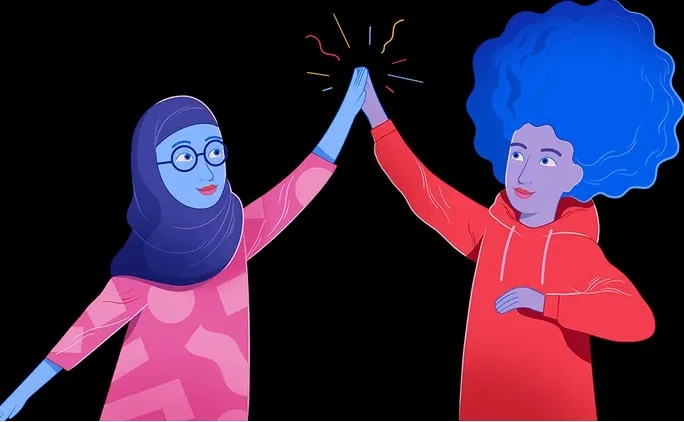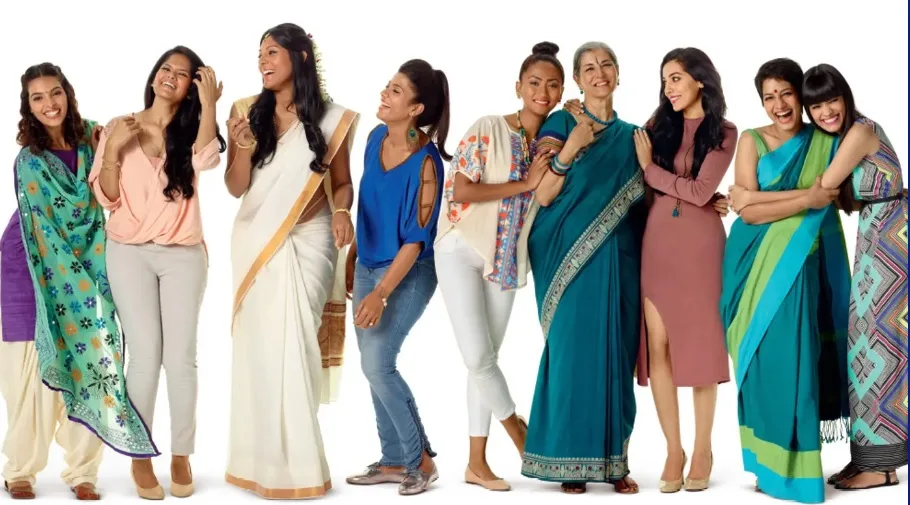Unstereotype Alliance set to eradicate outdated stereotypes in advertising

Asad Mirza
Unstereotype Alliance; an initiative of the UN Women is an effort to bring together the advertising doyens and corporate world to create campaigns, which are able to change the stereotypical images of women, racial and physical profiles, besides helping in creating a more equal world for She and He.
We often hear complaints of objectifying and sexualising women in the advertising world. However, though the advertising world propagates or translates its ideas into the final copy, but the fact remains that it is driven by the client’s demands, and in most cases to generate revenues the advertising firms bow down to the client pressure.
In addition, we also bemoan poor performance of India on many social indicators, but it indeed it may hearten you to know that India is perhaps the only country in Asia which has a law in place defining indecent representation of women through advertising.

Policy interventions by the government in India from time to time, on the issue have indeed been progressive. The Indecent Representation of Women (Prohibition) Act was passed in 1986 and it was further amended in 2012 and 2018.
In addition the Advertising Standards Council of India (ASCI), Broadcasting Complaints Council of India (BCCI) and the largest state broadcaster Doordarshan have their own Code for the advertisers besides the industry’s self-regulatory bodies, however, most advertisements across brands, defy these norms.
This leads one to the question whether we are fulfilling our duty to stop objectification of women and discrimination to other disadvantaged groups based on their race, skin colour, social status an physical appearances, just in words or are we approaching the issue from a wrong angle.
Recognising this anomaly and addressing the issue from a direct approach, the UN Women launched a new initiative titled Unstereotype Alliance in 2017, underlining the SDG-5, which was aimed to consolidate the activities related to gender issues and women, particularly through advertising and marketing platforms.
The Unstereotype Alliance aimed to address the advertising industry, its leaders and decision makers and the creative teams to aim to end the anti-women stereotypes in advertising. The initiative received the desired support from the industry leaders and corporates around the world and as a result within five years of its launch it is supported by 12 member countries, including the U.S., the U.K. and India across five continents with an impressive 45% growth in industry membership, besides support from international and national advertising bodies.
Coalitions like Unstereotype Alliance provides us an opportunity at the global level to promote gender equality and break the stereotypical notions associated with both genders. In a way Unstereotype Alliance provides us an opportunity to systematically study and analyse the gender representation in advertising in different countries. Globally, research has found that customers across the world are increasingly responding and rejecting the set stereotypes, which are fed through the advertising industry and they respond in a positive manner to a balanced and representative portrayal of women in advertising.
In a country like India, women are usually portrayed in traditional roles like house makers, teachers etc. engaged in activities which are traditionally associated with them like cooking, cleaning the house and caring for the family besides the traditional beauty products or being showed as fair and thin. In contrast they are negatively portrayed in advertisements where there is no need for them to be present.
An article in exchange4media.com, a leading platform of industry players related to advertising, marketing and media world, in 2020 found that industry research reveals that as compared to 25% of advertisements which feature men there are only 8% advertisements which feature the women.
However, it is heartening to note that several Indian companies have tried to bust the myth and in the past had launched women-centric advertisements. Several brands like Tanishq, Raaga, Titan, Airtel, Havell’s, Tata Tea or Dalda, some of which are owned Un-Stereotype Alliance Champion in India i.e. Hindustan Unilever Limited have tried to break the stereotypical mould and start a fresh campaign with a newer perspective.
In India, the Unstereotype Alliance could focus on promoting girl education, gender parity, nutrition, skills and empowerment and hygiene management. All these initiatives should try to break the traditional roles of women and instead male leads could be shown to support the message as they are going to be target audience. In addition, the positive outcome of women education, women employability, women breaking the gender barrier, women gaining entry into traditionally male preserved domains like engineering should be given more focus besides highlighting their successes in corporate or other domains.
Also to reach our target audience in rural India, Unstereotype Alliance could focus on promoting the key messages in the vernacular or regional languages as the traditional English-medium advertising retains only the educated class as the main audience, but in order to break that myth and connect with the masses, it is important to connect with them in their language, ensuring a better connectivity and recall of your messages.
Expanding the Unstereotype Alliance is not going to be a challenge but an additional bonus in the sense that Indian advertising industry and advertisers, both are working to negate the traditional stereotypes. There have been several advertising campaigns initiated in the past, which have been received, positively by the target audience and the industry both.
So what we need in the current scenario is perhaps a little push to set the tone and delivery right. Though the research points to the negative results about the portrayal of women in the Indian advertising campaigns. Yet, with little sensitisation and providing the stimuli could work wonders for the Unstereotype Alliance in India, as most of the advertising bodies are already on board to set the tone right in the Indian advertisements.
In this regard a collaborative effort could be initiated with the Government of India, too through its various ministries like Ministry of Education, Ministry of Women and Child Development and Ministry of Minority Affairs. They could be targeted to promote the Prime Minister’s campaign: Beti Bachao, Beti Parhao – Save the girl child, educate the girl child.
Additionally, another positive factor working in favour of the Unstereotype Alliance is that currently, a majority of CEO’s or MD’s of leading Indian advertising firms are women and definitely it would require less of an effort to join the Unstereotype Alliance in its fight against the stereotyping the women.
(Asad Mirza is a Delhi-based senior political and international affairs commentator.)
